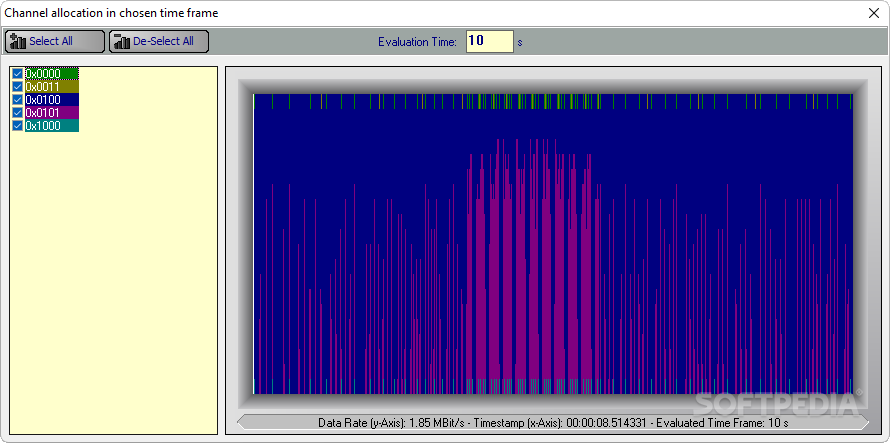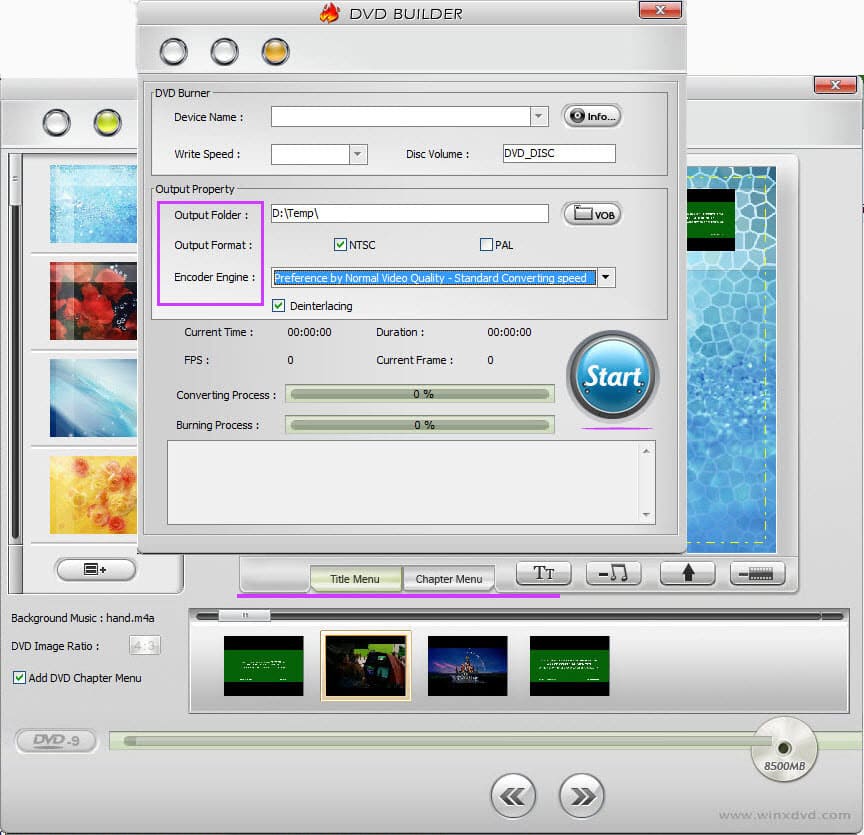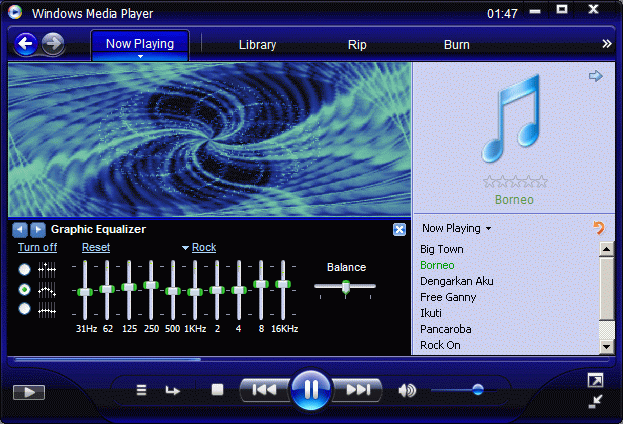

- Windows media player 9 codex how to#
- Windows media player 9 codex install#
- Windows media player 9 codex update#
- Windows media player 9 codex software#
The other reason for these language selections is for audio track selection. These language options are used for text subtitles when playing back your media if it has extra subtitle data associated with it. It will be the language used if your primary one isn’t present in the media file.

Secondly, select your secondary language if you understand more languages than just one. Once these settings are set, click on the ‘Next’ button.įirstly select your primary language in the first drop-down box if it’s incorrect. For that, you’ll need a lot of documentation and experimentation.

This article is about trying to get everything to play reliably, not to get the maximum performance out of every single file. I would opt against this as you don’t want to limit your options for playback. The second setting is to specify if you only want hardware acceleration with MPC. Every computer is different and you may get some extra performance through some trial and error with this setting. I’m not saying the other settings won’t be as good or they are inferior, you are welcome to try them out and see which one works best for you. It could be argued that other settings are better, but this is what I always have been using over the years which has given me reliable smooth playback of all my media files.
Windows media player 9 codex software#
If the DXVA2 copy back setting isn’t present, select ‘Use software decoding’ instead. Just under this selection box are some checkboxes for the types of formats you would like to use with this setting. So unchecking the ‘Show optional offer’ checkbox avoids unwanted software creeping onto your computer.įirstly, select the DXVA2 copy-back setting.
Windows media player 9 codex install#
Later on in the steps, they like to give you an option to install unnecessary software which can be easily looked over and the next thing you know, you have some piece of software on your machine that you don’t understand how it got there. The second option is important for keeping extra unwanted software from being installed. I have found that things in the codec playback world aren’t that rapidly changing to affect your end-user experience that much to warrant updates every few weeks or so. This way you can stay reasonably up to date without the extra annoyance. New versions are coming out regularly and you will get bugged often to install the latest version. So for this setting, I recommend that you get prompted every three months.
Windows media player 9 codex update#
Bear in mind the cleanest way to update this software is by uninstalling the complete software package, doing a restart and reinstalling the newly downloaded version of the installation package. Select your installation modeįor these settings, scroll down right to the bottom of the settings page.įirstly specify if you want to be reminded of updates.
Windows media player 9 codex how to#
How to play any video file: Install K-Lite Codec Pack 1. Once you have downloaded the codec pack from the link provided, go ahead and right-click on it and in the menu left click on ‘Run as administrator’. Usually, it goes to your ‘Downloads’ folder. Download the version you want and save it to a location you can get to it. If you aren’t sure which package you want, I’d suggest going with the Standard version. This can greatly impact the visual performance of your video playback. We also recommend that you check your screen’s resolution. So instead of having to transcode all your media files, having a codec pack allows you to play them in the original format that you received them in. It will also install codecs corresponding to each type of video file that works well and reliably. If you configure this pack correctly, it will have you covered for just about every video file out there. I’ve been using this codec pack for many years.


 0 kommentar(er)
0 kommentar(er)
